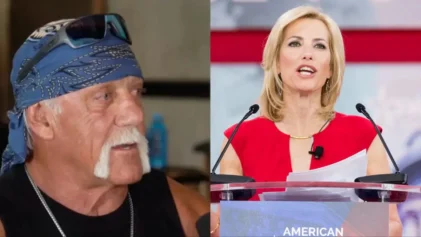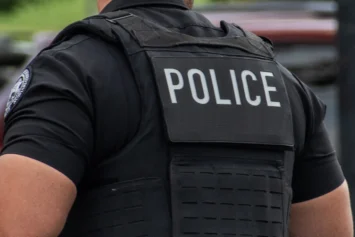2021 was Chicago’s deadliest year in 27 years with nearly 800 homicides. Some 80 percent of the victims were Black, and most were men, according to a Chicago Tribune report.
Before the new year was a week old nearly a dozen people had already fallen victim to the onslaught of gun violence, including Laniyah Murphy, 20, who was killed Jan. 4, as reported by the Chicago Sun-Times.
“She’s full of definite promise, Laniyah is the life of the party. She got in our program, she was like a sophomore in high school, so she spent most of her high school years with us pretty much coming after school and she brought all of her friends from school into our program, she was a leader,” Lamar Johnson said of the slain young woman he mentored.
Bradly Johnson (no relation to Lamar Johnson), director of external affairs at BUILD, one of Chicago’s longstanding nonprofits focused on gang intervention and violence prevention. He says several factors contributed to the onslaught of gun violence among urban youth from disparities exposed by the pandemic to distrust of the police.
“There’s a built-up institutional mistrust that has built up over the years so now we have a generation of individuals in our communities where they don’t trust the church, they don’t trust the police for sure, they don’t trust the government, they don’t trust anybody,” Bradly Johnson said.
The slew of problems plaguing Chicago’s predominantly Black communities are deeply rooted says Vaughn Bryant, executive director of the Metropolitan Peace Initiative. He points to Chicago’s history of redlining, which stifled economic growth for the city’s poorer Black and brown communities and these areas continue to struggle to attract good businesses, schools and opportunities.
“You go from slavery to Jim Crow from mass incarceration to housing discrimination and when you think about redlining, Chicago is one of the major cities that has a distinct history around housing discrimination,” Bryant said.
Bryant says Black residents who can move out of the urban areas and to the suburbs, they often do, but for those who cannot afford to move away, they find themselves stuck in a cycle of poverty and violence.
“When you don’t have commerce and you don’t have population, that means your schools don’t have population and it’s harder to attract teachers who want to teach in those communities, it’s hard to attract social workers, and it just becomes a situation and another thing that’s unique to Chicago and this is not a Black issue is gang culture,” Bryant described of the conditions that produce the violent culture.
“When you’re economically depressed, educationally depressed, your mental health is down, that creates the conditions for people not being able to cope with conflict in an adaptable way, so what do you do to cope? You go to extreme measures which then gives you gun violence,” Bryant also said.
Lamar Johnson is the violence prevention coordinator at the Faith Community at St. Sabina, he believes a host of things must change to curb the violence and lift Chicago’s Black and brown communities away from poverty and less violence. He stresses the city should invest more in its violence prevention.
Chicago’s 2021 budget totaled $12.8 billion dollars, with most of the money going to general financing, public safety, and infrastructure, but $16.5 million was allocated to violence prevention.
One effective method used to reach the troubled youth is street outreach.
“You have to have people from the community who have similar experiences who know the language and know the community’s culture and every neighborhood has its own culture,” Bradly Johnson said.
“It’s meeting them where they are and not coming in preaching, ‘put the guns down’ because that’s a slogan people use, but if you’re going to say put the gun down, you have to put something in that gun’s place, so number one is making them feel secure and equipping them with strategies so they can see another way,” Bradly Johnson added.
Bryant admits reaching people one-by-one must be scaled up to have a larger impact, but he’s proud their methods are working. Anti-violence advocates hope their efforts are more included in the larger conversation surrounding Chicago’s struggles with violence.
More news from our partners:
Is This Enough? Santa Monica Offers Descendants of Displaced Black Communities Affordable Housing.


